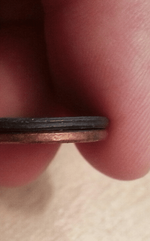rayrayvegas
Bronze Member
Going thru my box of go thru finds I came across this penny, I almost dismissed it until I grouped it with the other penny finds, I have no idea when or where I found it for I always add up all my clad change at the end of the month. Definetly not toy money, not magnetic, size of a nickel, very very detailed, matches all markings on a penny exactly, even the small Lincoln can be seen in the monument as the designers initials. I am stumped? Has anyone ever came across this before.
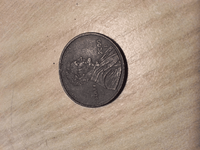
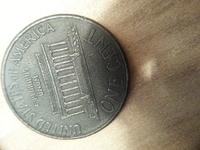
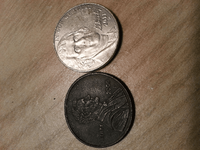
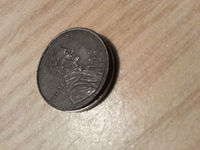




Upvote
1





